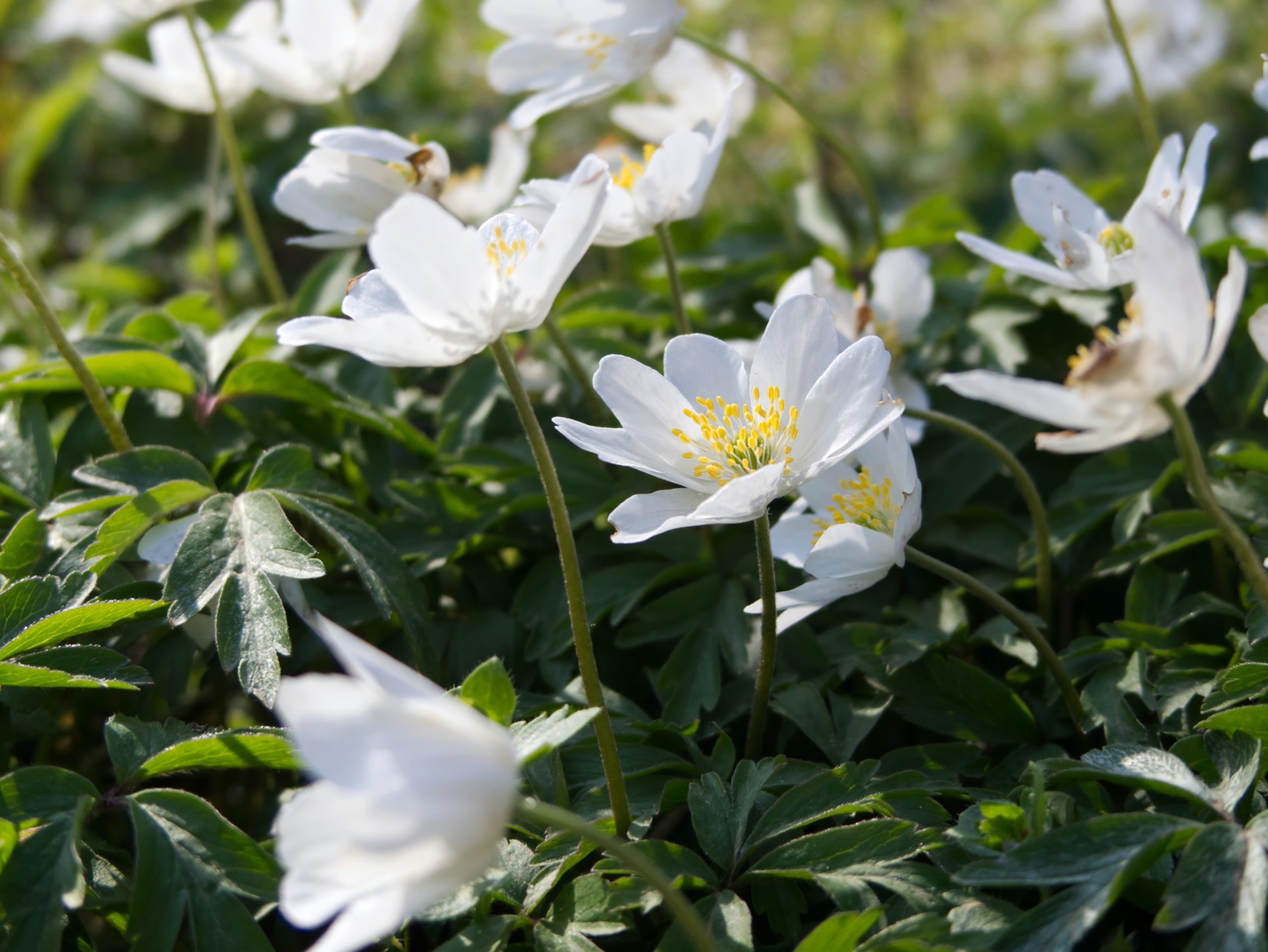Plants in your garden should provide beauty and enjoyment without requiring constant upkeep. Some plants grow quickly, while others take years to mature.
I don’t know about you, but I hate weeding my garden or constantly pruning plants. Trimming bushes is also a pain.
If you want to enjoy your yard instead of working on it, then low-maintenance plants are for you.
Low-maintenance plants are great for busy people who don’t have much time to dedicate to their gardens. These plants don’t require much attention or upkeep, so you can do other things with your time. Low-maintenance plants also tend to be more resilient and hardy than others.
Generally, a low-maintenance plant does not require regular pruning, deadheading, or fertilizing. It should also be tolerant of pests and diseases. Some examples of low-maintenance plants include yarrow, lavender, sedums, sage, echinacea, and Russian sage.
When selecting a low-maintenance plant for your garden, it’s important to consider factors such as climate, soil type, and water requirements. Make sure to research the specific needs of each plant so you can provide them with the care they need.
Finally, make sure to group plants with similar needs in terms of light, water, and soil. This will ensure that all of your plants get the care they need and you won’t have to worry about some being over or under watered or fertilized.
With proper planning and selection, it is possible to create a garden with minimal maintenance requirements that is still beautiful and enjoyable. Low-maintenance plants are great for busy people who don’t have much time to devote to gardening. With the right selection, you can create a stunning garden that requires minimal upkeep and effort.
Here are five low maintenance plants for your front yard.
Ficus Benjamina – The Rubber Tree
Ficus benjamina (commonly known as rubber tree) is an evergreen tree native to tropical regions of Asia and Africa. It has been cultivated since ancient times for its latex sap, which was used to make natural rubber.
Ficus benjamine is one of the most popular houseplants because of its ability to grow quickly and thrive indoors. It requires little care and grows well in both indoor and outdoor environments. In fact, it’s often recommended as a houseplant for people who live in hot climates.
Japanese Anemone – Windflower
This plant is easy to grow and requires very little maintenance. It grows well in full sun and will tolerate some shade. It also tolerates drought and salt spray.
The Japanese anemone (Anemone japonica) is one of the easiest flowers to grow from seed. You can buy them at most nurseries or online. Once planted, they require minimal care. Water regularly during dry spells and fertilize once every two weeks. If you live in a coastal area, you might want to consider planting this flower in a container filled with sand or pebbles.
Hosta – Forget-Me-Not
Forget-me-not (Hosta) is an herbaceous perennial with small white flowers. It has been grown as an ornamental garden plant since the early 18th century. It was named after its resemblance to the forget-me-not flower.
Forget-me-nots are easy to grow from seed and come in many different varieties. The most common variety is Hosta ‘Blue Mist’, which grows up to 3 feet tall. Its leaves are dark green and oval shaped. The flowers are usually white, although some varieties are pink or purple.
English Ivy – Hedera Helix
English ivy (Hedera helix), also known as climbing hydrangea, is a fast growing evergreen vine native to Europe and Asia. It is now cultivated worldwide as an ornamental plant. Its leaves are dark green and glossy, and its flowers are produced in clusters at the end of branches.
Sedum – Stonecrop
Sedums are easy to grow, low maintenance plants that will add beauty to any yard. They are drought tolerant, pest resistant, and come in a wide variety of colors and sizes.
The best thing about sedums is that they require very little care once planted. They are easy to grow from seed, and most varieties can be purchased at nurseries and home improvement stores. Once established, they will thrive in almost any soil type. If you live in a dry area, you should water them regularly during the first year. After that, they will usually survive without additional watering.

